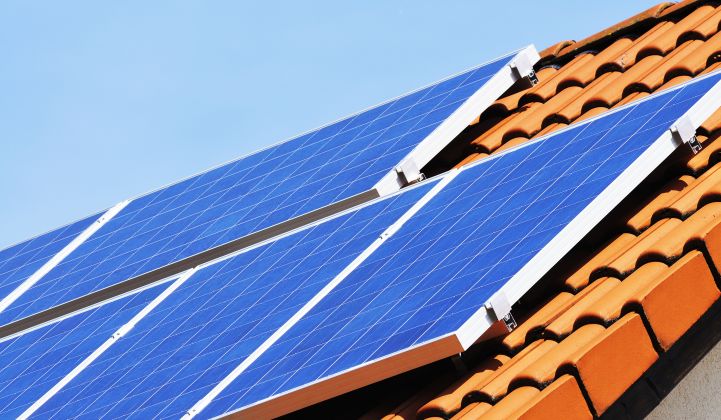It’s true. Consumer investments in distributed energy resources can save all ratepayers money by avoiding expensive grid infrastructure upgrades.
Solar advocates have long been making this argument in regulatory proceedings around the country. Today, that vision is becoming a reality.
In late March, the California Independent System Operator (CAISO) approved its 2015-2016 Transmission Plan, which calls for canceling 13 transmission projects planned in Pacific Gas & Electric territory. The low-voltage transmission projects were deemed no longer necessary in light of materially lower load forecast levels since the projects were approved several years ago.
At a recent CAISO board meeting, Eric Eisenman, PG&E’s director of ISO relations and FERC policy, expressed support for the project cancellations, California Energy Markets reports:
"The need for those is just not there anymore," he said. "We really appreciate the reappraisal of those projects.” Load forecast has flattened in the service area from a combination of energy efficiency and rooftop solar, which eliminates the need for these upgrades, Eisenman said.
The result is $192 million in transmission cost savings for PG&E customers. The canceled projects include line improvements, transformer replacements and bus upgrades.
“This is really proof of what we and other energy advocates have been saying for some time -- that solar, along with other clean distributed energy resources, such as energy storage, electric vehicles and demand response, will mean less utility investment in infrastructure and savings for consumers,” said Jim Baak, grid integration program director for Vote Solar.
Baak pointed to other recent examples in California, such as Southern California Edison’s request for 50 megawatts of solar PV to come on-line by 2017 to avoid two substation upgrades in Orange County.
The California Public Utilities Commission has also launched a proceeding on distributed resources planning aimed at figuring out how to leverage customer-owned assets as a resource utilities can rely on, instead of spending money on new equipment (R.14-10-003). Utilities have a mandate to identify where on the grid these resources will be of greatest value and what that value is worth in monetary terms, which will underpin tariff incentives that encourage customers to deploy distributed energy resources in strategic locations.
“It really is a sea change for how utilities use resources and how consumers are becoming participants in the reliable and cost-effective operation of the grid,” said Baak.
But this transition isn’t without its issues. Baak acknowledged there’s tension around how the adoption of distributed energy resources fits into the traditional utility business model. Investor-owned utilities typically earn profit for their shareholders by making new investments in grid infrastructure, not by avoiding them. Progressive regulators around the country are now starting to think about how investments in third-party-owned clean resources can also benefit utility shareholders.
CPUC Commissioner Michael Florio recently released a proposal to test out a performance-based solution to this problem. Florio's suggestion is to “offer a shareholder incentive for the deployment of cost-effective DERs that displace or defer a utility expenditure, based on a fixed percentage of the payment made to the DER provider (customer or vendor).”
Another option is to adopt market-based mechanisms that allow a utility to identify grid needs in specific locations at specific times, and then allow customers or third-party aggregators to serve those needs. This is effectively the model that New York state is pursuing through Reforming the Energy Vision, and it’s the model Baak believes California will eventually adopt.
This approach "gives utilities the role of being a facilitator,” he said. “It’s a transition that will take a little convincing to do, but we think with strong leadership we will ultimately get to that point.”



